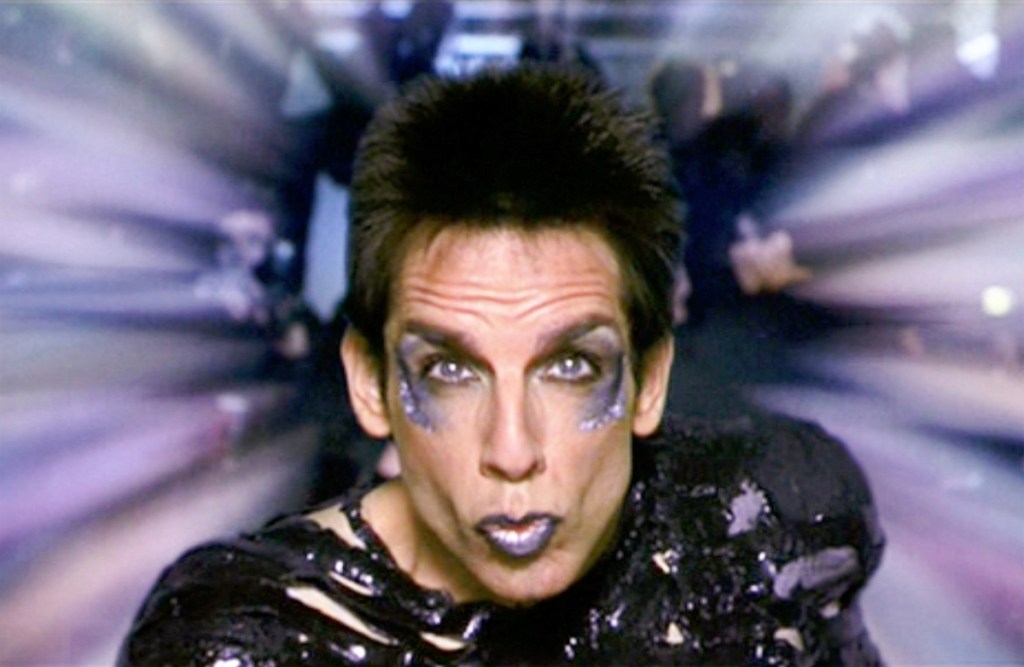
Your Self-Driving Car Is Not an Ambiturner
If you’ve ever watched Zoolander, you’ll know that Derek Zoolander “can’t turn left.” The reason? He’s not an “ambiturner,” or in Zoolander speak, a person who can turn left and right (hey, it’s hard sometimes). Just like Derek Zoolander, autonomous vehicles can’t navigate curves very well. Let’s find out why self-driving cars and some advanced safety features have so much difficulty with turning.

Some drivers are relying on semi-autonomous cars and advanced safety systems
As we’ve seen with semi-autonomous cars like Teslas, some people are happy to give up control of their vehicle to a computer. There have been countless stories of people ignoring Tesla’s instructions to maintain control of their vehicle, and crashing (or getting pulled over while sleeping).
Still, others don’t trust them one bit. It can be an adjustment to let your car decide how much distance to keep between itself and the car in front of it. This is what adaptive cruise control (ACC) does. Because of this, some people aren’t taking full advantage of their advanced safety systems, even as technology advances.
It isn’t just autonomous vehicles that can’t navigate turns; safety features have trouble, too
The Insurance Institute for Highway Safety studied how semi-autonomous vehicles advanced safety features do navigating curves. Besides self-driving cars, advanced safety systems like adaptive cruise control and lane-centering have the most trouble. And unfortunately, this negates some of their safety benefits.
These safety features can become disabled on shaper curves, especially on limited-access roadways. These aren’t as straight and wide as a typical highway. Why do they become disabled? The IIHS isn’t sure if they turn off automatically, or if drivers are turning them off. ACC turns off when drivers hit the brakes. Lane centering doesn’t always work if it can’t read the painted lines on the road.
Senior Transportation Engineer Wen Hu, the lead author of the IIHS’ paper, says, “We know that advanced driver assistance features may help prevent crashes, but obviously they can only do so if drivers use them.”
Some safety features work really, really well on perfectly straight roads
Hu and her study co-authors looked at data from the Massachusetts Institute of Technology’s Advanced Vehicle Technology Consortium. The MIT group collected information from two 2016 Land Rover Range Rover Evoques with ACC and two 2017 Volvo S90s with ACC and lane centering. These four vehicles were driven by 39 drivers over the course of two weeks. This gave the researchers lots of information about the vehicles themselves, and not so much the habits of a few drivers.
The MIT researchers found that all four vehicles’ safety systems were less active, and therefore less effective, on roads with sharp curves. On curvy roads, drivers in the Evoques were 71% less likely to use ACC. S90 drivers were 75% less likely to use Pilot Assist, which combines ACC and lane centering, and ACC independently.
Derek Zoolander couldn’t turn left, and your semi-autonomous car autonomous vehicles can’t navigate curves in the road, either. Until researchers figure out whether drivers are shutting off their advanced safety features – or car manufacturers come up with a Blue Steel safety feature, it’s best to be careful when using these computer-based systems.


